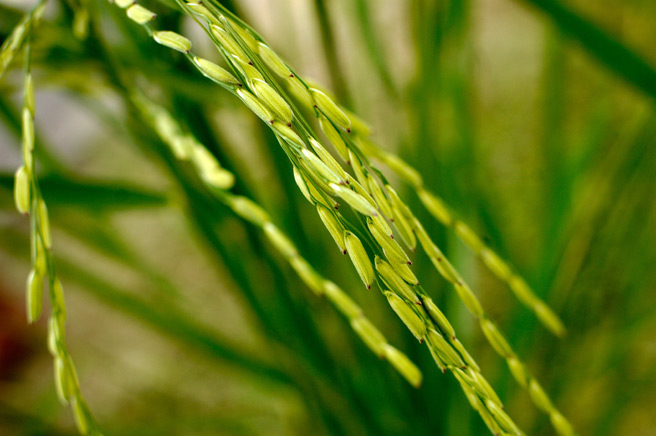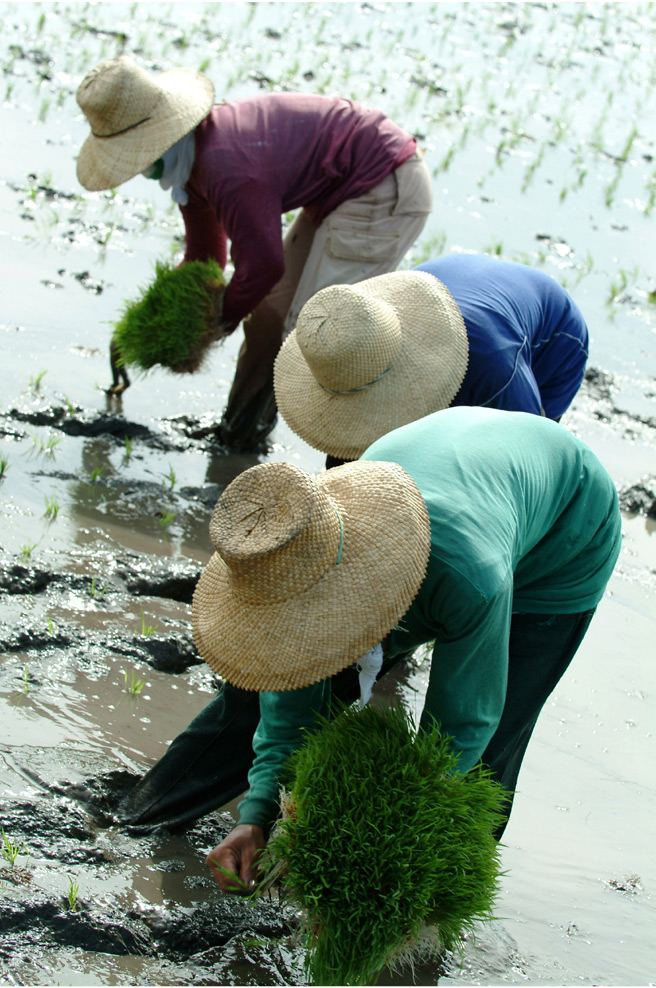Using Your Computer to Grow More Nutritious Rice for a Hungry World
Oct 14, 2008
Basmatii rice before harvest. Billions of people around the world depend on rice as a major part of their diet. By using the World Community Grid, a distributed computing network managed by IBM, computational biologists at the University of Washington are using the combined power of more than 1 million computers to better understand the protein structures of rice plants. The Nutritious Rice for the World project hopes these insights will lead to more nutritious stains of rice that can be grown in more parts of the world, providing more people with this vital staple crop.

Credit: Courtesy of the International Rice Research Institute
Food shortages are causing instability around the world. To help combat this problem, the Nutritious Rice for the World project, headed by Ram Samudrala, a computational biologist at the University of Washington, is now using the World Community Grid to study the protein structures of rice plants. In this interview, Samudrala and his colleague Michal Guerquin discuss how the project works and it may lead to more nutritious and plentiful rice in the future.

Credit: University of Washington and the National Science Foundation
Farmers transplant rice to their fields. Rice is an important staple for billions of people, and in recent years, rice has become too scarce or expensive for millions of families around the world. One cause of this problem is that it can be expensive and inefficient to move crops such as rice from the places they are grown to consumers. To tackle this problem, the Nutritious Rice for the World project uses computers to analyze rice protein structures, with the goal of producing better strains of rice that can produce higher yields of more nurishing rice that can be grown in a variety of enivornments.

Credit: Courtesy of the International Rice Research Institute